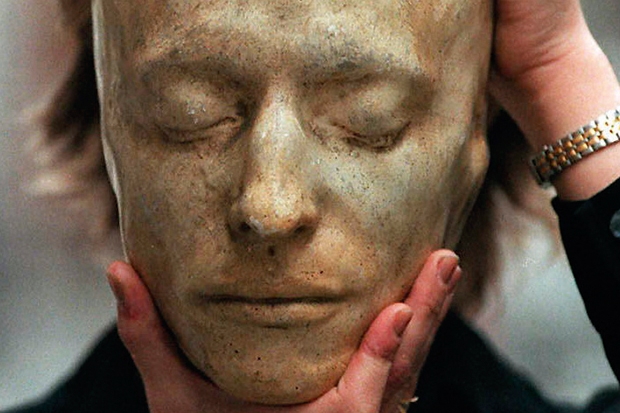People can be mightily protective of their Romantic poets. When I worked at the Keats Shelley House, overlooking the Spanish Steps in Rome, one of my colleagues developed a callus on her hand where the daily task of locking the museum door — emphatically — caused the key to abrade her skin. And when I last visited Keats’s grave, with a friend, in the city’s Non-Catholic Cemetery, a middle-aged Italian woman snapped at us to shut up as she muttered through a printout of ‘To Autumn’.
It’s strange in a way that Keats should inspire such devotion in Rome, since he wrote no poetry in Italy and only a handful of letters survive from the four months that he spent dying there. Arriving in October 1820, his ship was quarantined in the Bay of Naples (where he felt his ‘intellect in splints’); then came an uncomfortable journey north, before his ghastly ‘awkward bow’ in the apartment on Piazza di Spagna, which at the time was the centre of Rome’s Ghetto degli Inglesi. ‘I have an habitual feeling of my real life having passed,’ he wrote, ‘and that I am leading a posthumous existence.’
But posthumous existence is what made Keats’s reputation: the years that followed his death saw torrents of remorse that he should have been so snubbed during his lifetime. Consumption may have killed him, the story went, but carping critics also played a part. A pilgrimage to Keats’s grave became a type of cultural atonement. The young Oscar Wilde threw himself to the ground before the tomb when he visited Rome in 1877.
Percy Shelley was among the first, laying the grief on thick in ‘Adonais’, his long elegy for Keats, and writing of the cemetery beside the great Roman pyramid of Caius Cestius that: ‘It might make one in love with death, to think that one should be buried in so sweet a place.’








Comments
Join the debate for just £1 a month
Be part of the conversation with other Spectator readers by getting your first three months for £3.
UNLOCK ACCESS Just £1 a monthAlready a subscriber? Log in